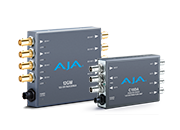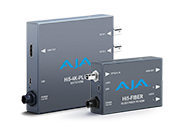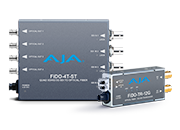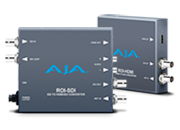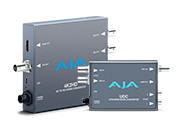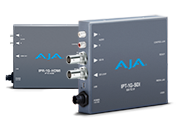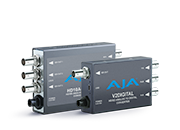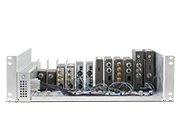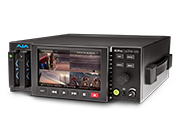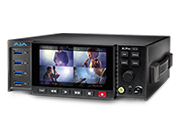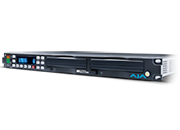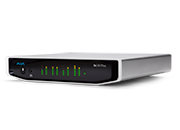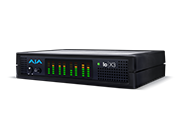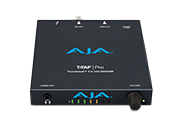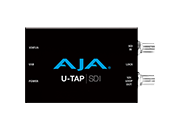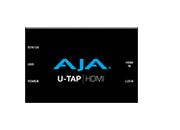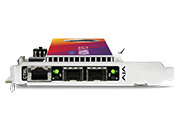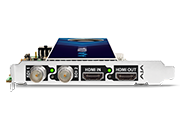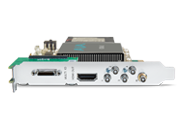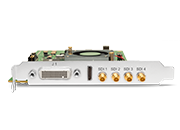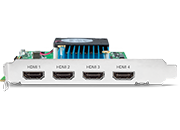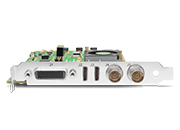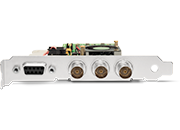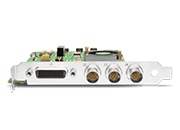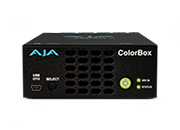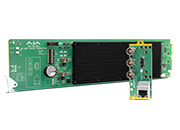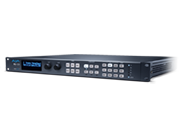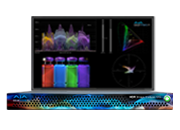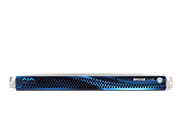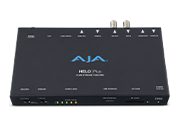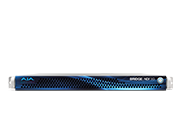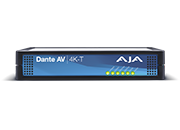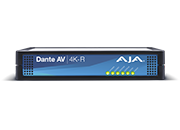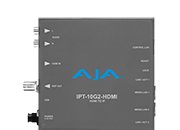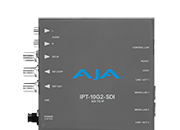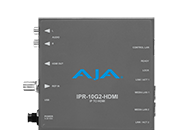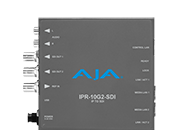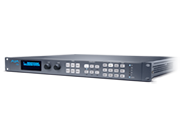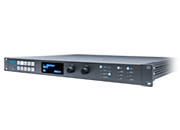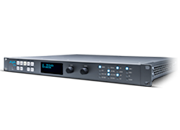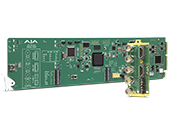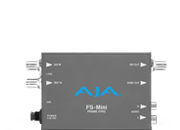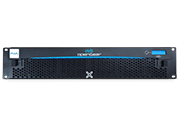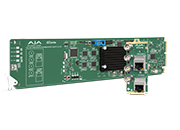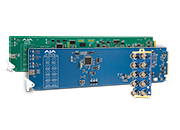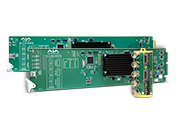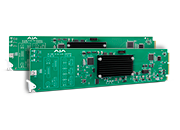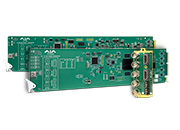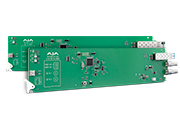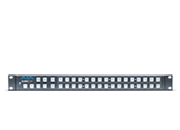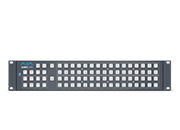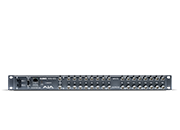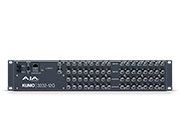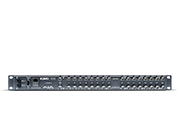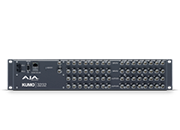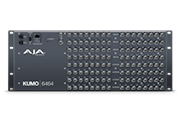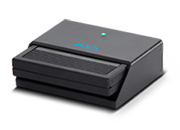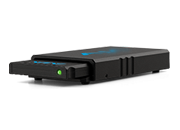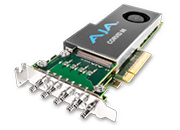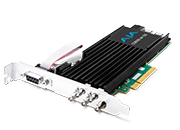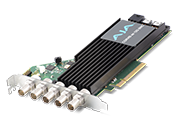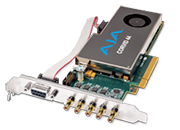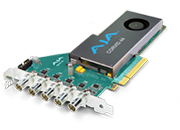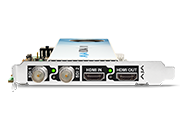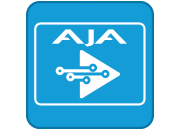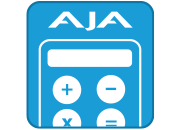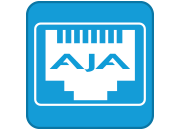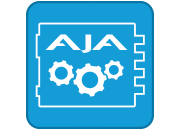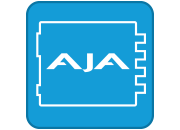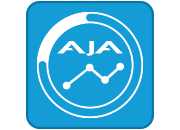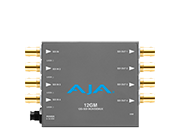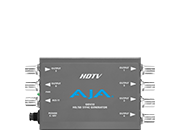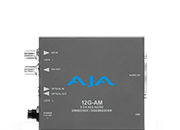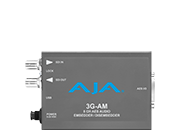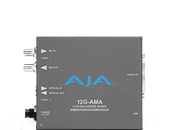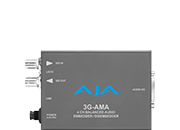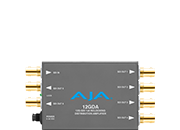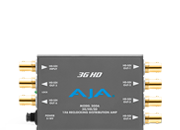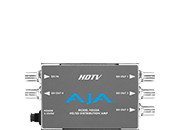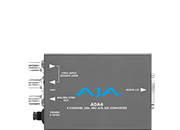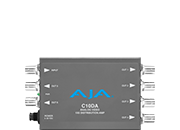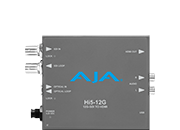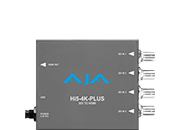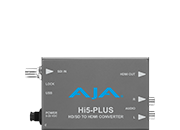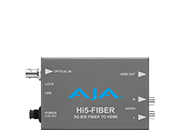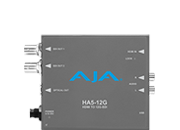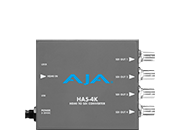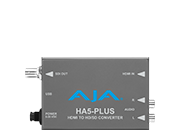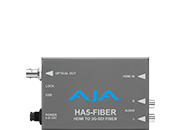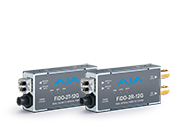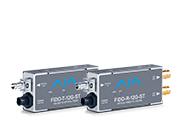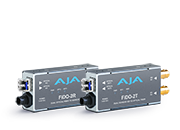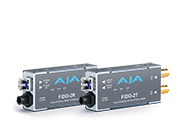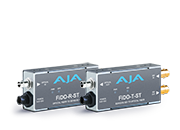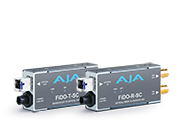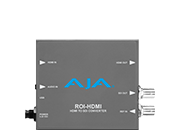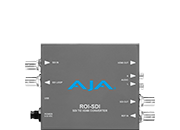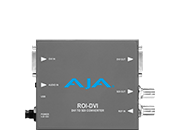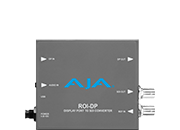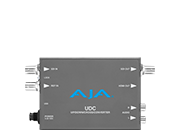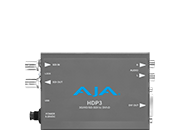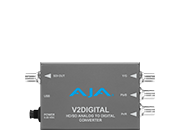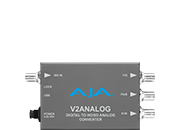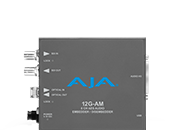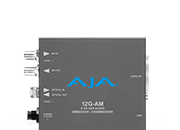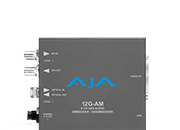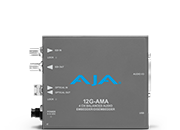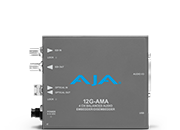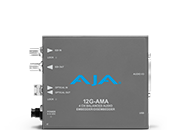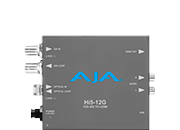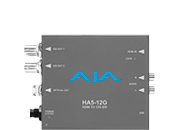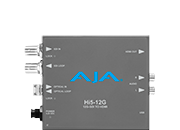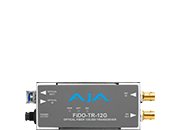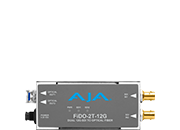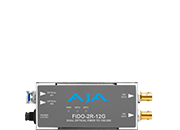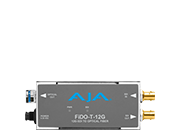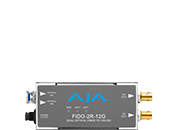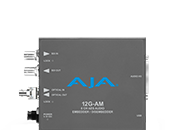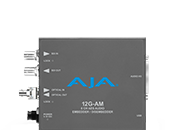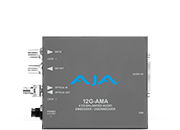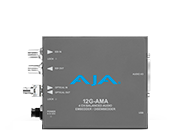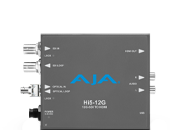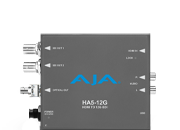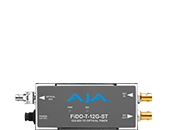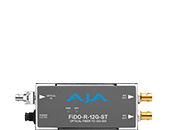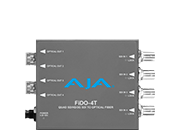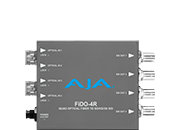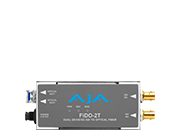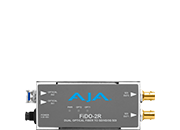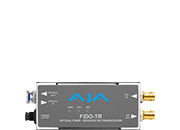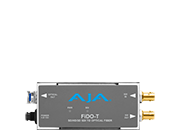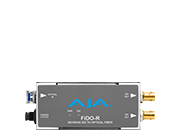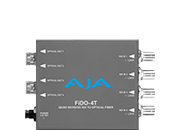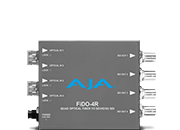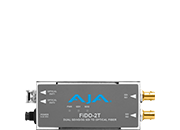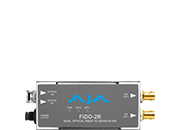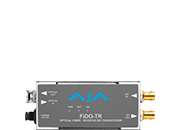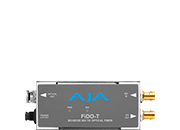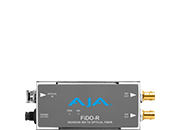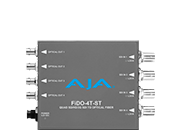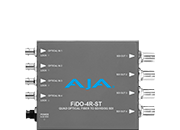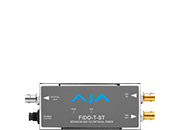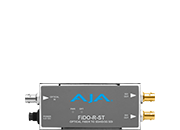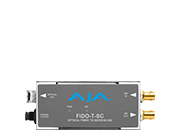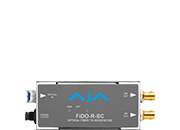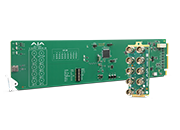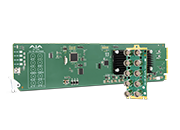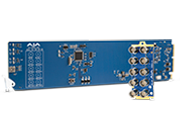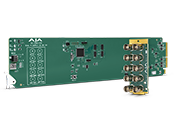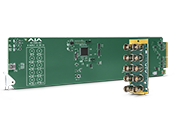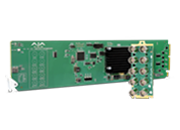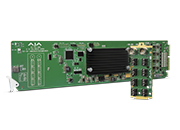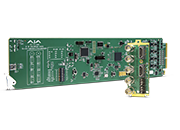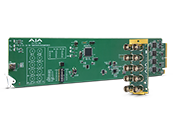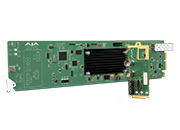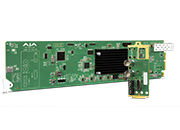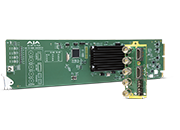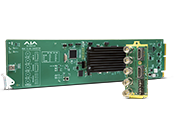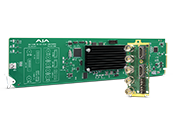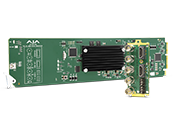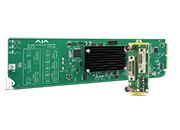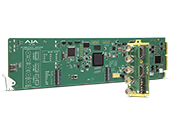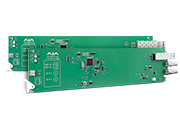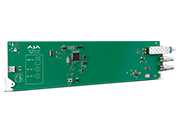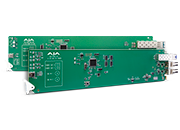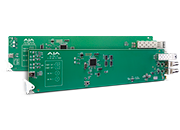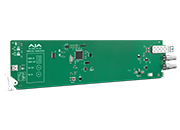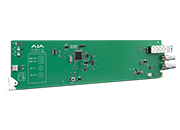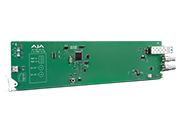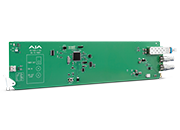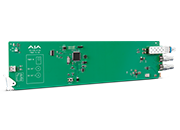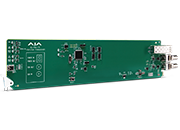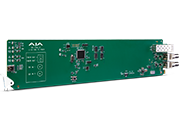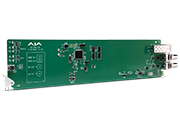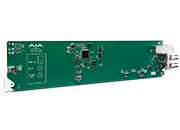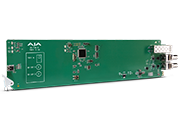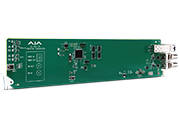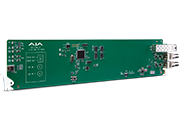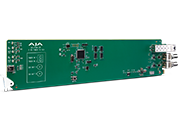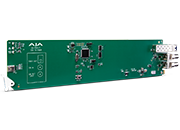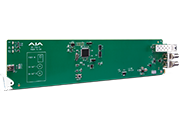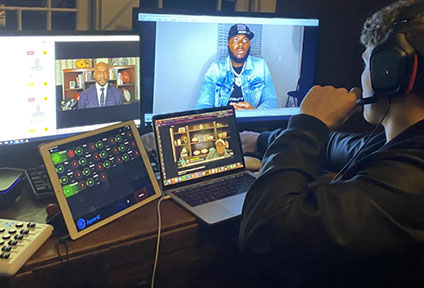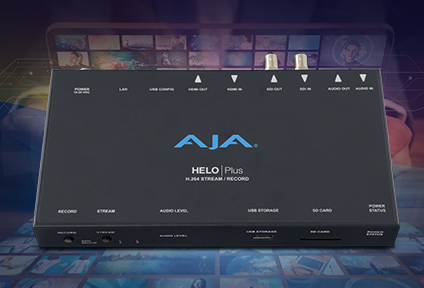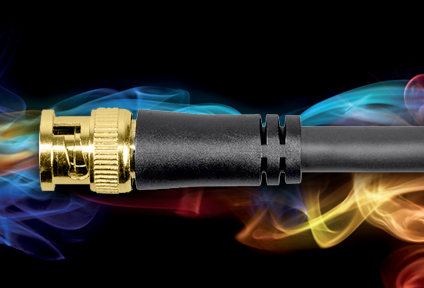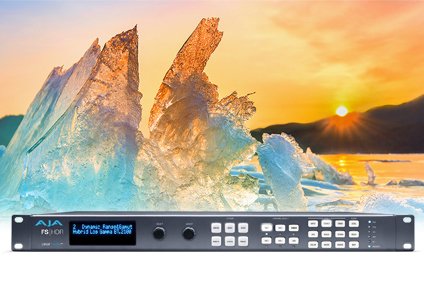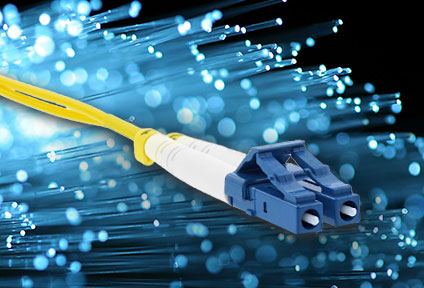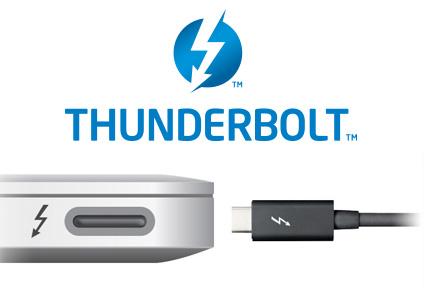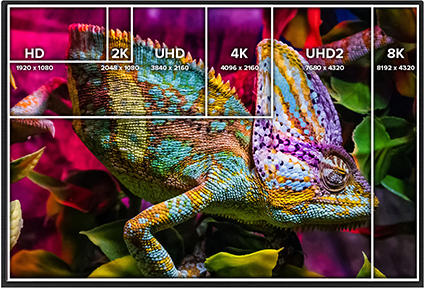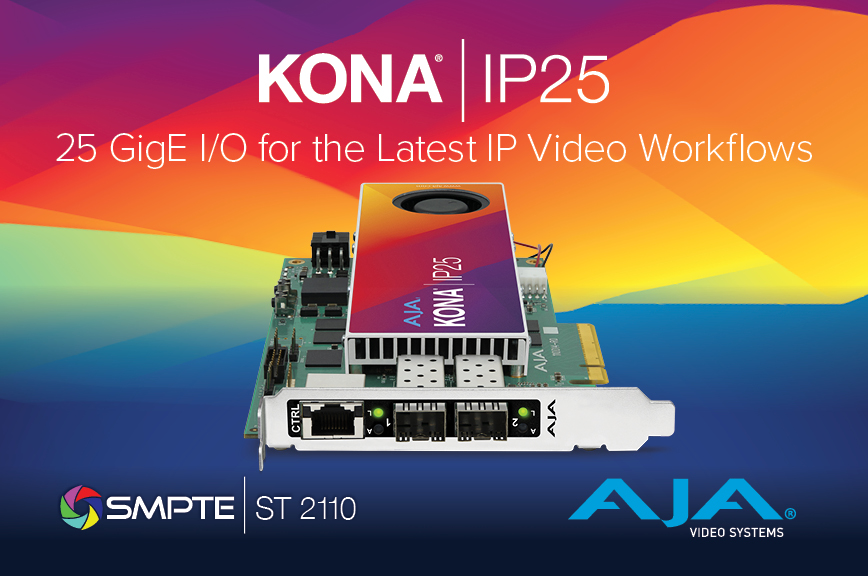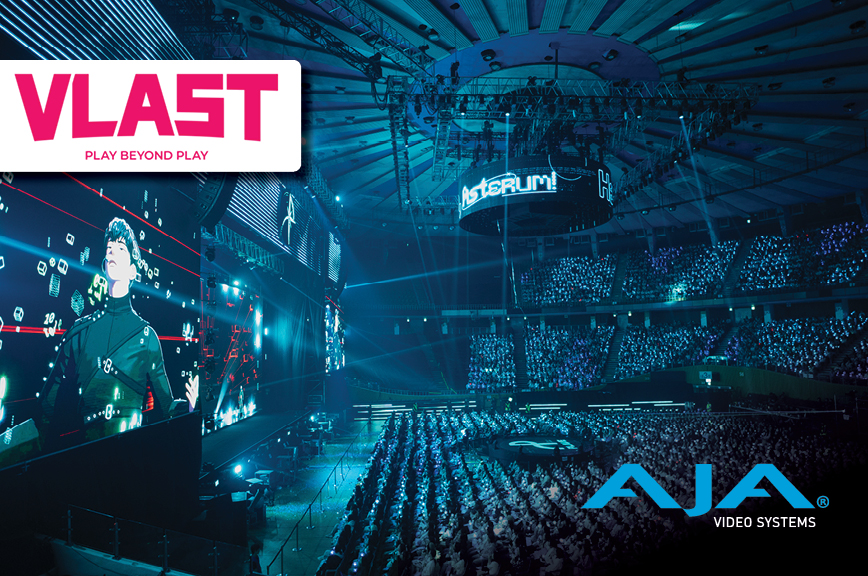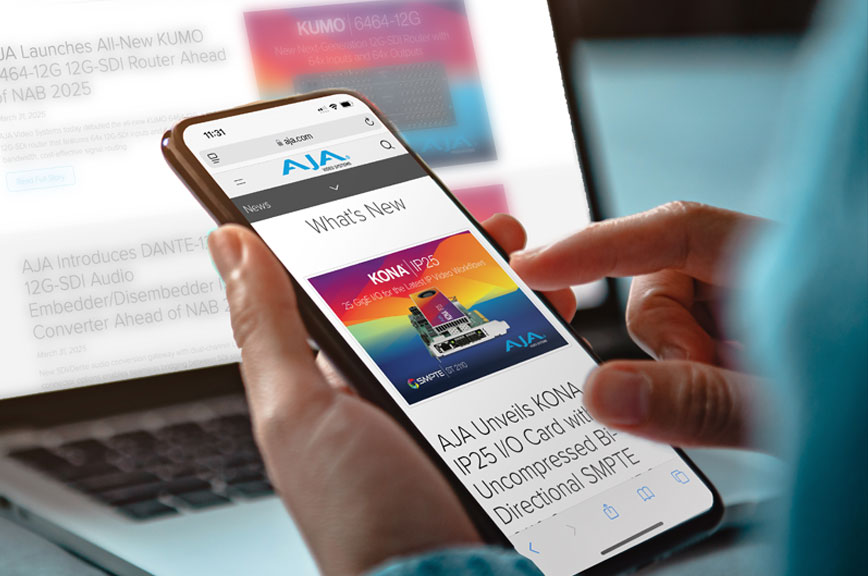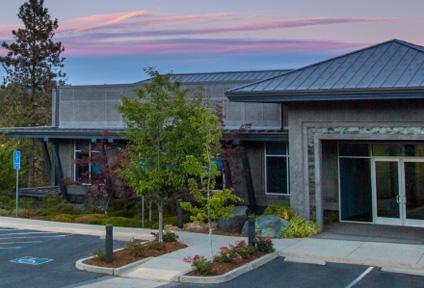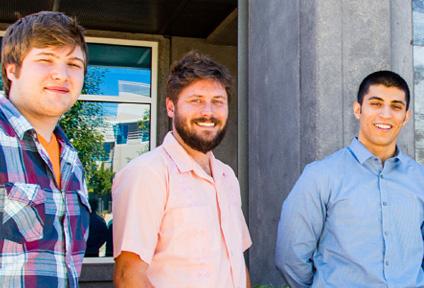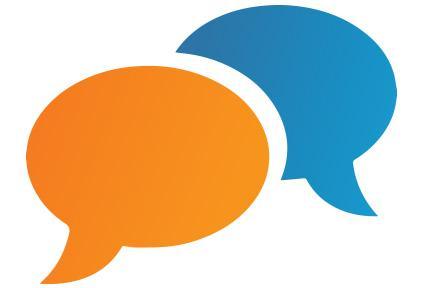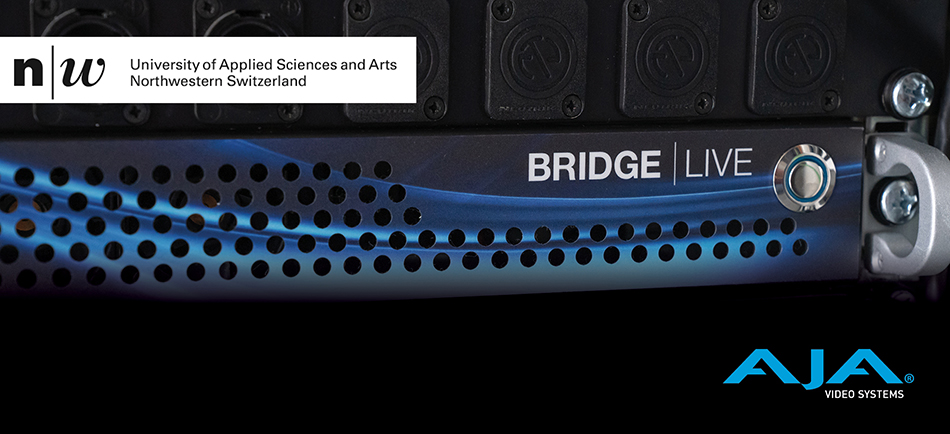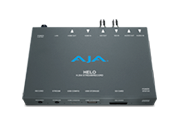FHNW University of Applied Sciences and Arts Northwestern Switzerland:
June 28, 2021
Where Creativity, Quality Content and Technology Collide
In the last year, more universities have pivoted to distance learning, and collegiate AV teams have rapidly adapted, researching and adopting new live production and streaming technologies to support remote instruction and increased live event production and delivery. Having overhauled its audio and video broadcast network recently, the FHNW Academy of Art and Design at the FHNW University of Applied Sciences and Arts Northwestern Switzerland is a leader in its field, and we had the opportunity to sit down with Head of Media and Broadcast Infrastructure Suresh Surenthiran.
What prompted your AV infrastructure overhaul?
Innovation and growing demand to support higher quality content were the main drivers. We’re an art and design university, and one of a few in the region, so quality is crucial, as is giving students exposure to modern tools of the trade.
How did you set out to build it?
By nature, art and design is experimental, so for our students and staff to export their work freely – be it animated content, moving picture designs, documentary films, cinema projects, or some other media – we knew that we’d need an open network. When plans first began, I requested the network be hosted on a separate firewall from other university operations, especially for media distribution. Doing so has allowed us to exponentially grow the quality of video our network can support. Today, we can easily move uncompressed 8K and HDR across the network. With projectors and displays continuing to grow in size, building a network with high quality equipment to support broadcast quality content was also a priority.
Where does the network reside on campus and how is it used?
Our network is spread out across six buildings on campus, all connected via fiber, and with a main control room, where a majority of our equipment resides. The first role of the network is to act as an instructional tool to show students what quality content is achievable with the right workflow and provide training on current tools of the trade. It’s also used to support the transmission and archiving of high-quality media projects developed in the creative tools we provide to students whether for video editing, VFX, 3D art or another creative application. However, it also supports our production and distribution of both live and on-demand content for instructional and training purposes, conferences or other use cases.
What are some of the key tools in your video production and delivery workflow?
We’re using AJA’s BRIDGE LIVE for video streaming and transport, AJA U-TAP to capture remote video feeds into live productions, and the AJA HELO for recorded backup and HD streaming in small venues.
How are you using BRIDGE LIVE?
BRIDGE LIVE powers a majority of our live productions. Typically, we connect all active inputs on our Riedel media network device with multiple sources coming in, and select the input we want to transport through BRIDGE LIVE. The BRIDGE LIVE device ports are always active, which provides more flexibility, and as all of our buildings are fully cabled, we can then easily route signals to BRIDGE LIVE and take it outside for streaming to our website or through Vimeo. It’s our bridge between broadcasting and webcasting.
For live venue content in particular, BRIDGE LIVE is great in that it allows us to manage four parallel HD video streams in different languages. We’ve found overall that it solves a lot of pains. Its UI is robust yet easy to navigate, and it optimizes resources while offering unprecedented redundancy and a solid power supply. I love devices like BRIDGE LIVE that provide so much functionality in one box; it’s a solid machine, and the HDR functionality is well supported.
How has the pandemic impacted your department?
The last year has presented incredible challenges and scenarios that we’d never imagined, including limitations on the number of staff present in the building and supporting remote work. Thankfully tools like U-TAP and BRIDGE LIVE have helped us respond quickly.
Tell us more about how you’re using U-TAP.
U-TAP touches most of our webcasts and video conferences that require us to bring in remote feeds. We have about 20 of them in-house that we lend out as needed. Using U-TAP, we can feed the SDI signal into whichever conferencing platform an instructor or video participant is using (i.e. Zoom, Webex, Facetime, Skype, etc.) and bring the live feed into our video mixer, where we can then manage it and transport it for delivery to the CDN using BRIDGE LIVE. BRIDGE LIVE provides a dashboard to connect our team to the conference participants.
What do you enjoy about your line of work, and what is the most challenging aspect of it?
Working in a hybrid creative engineering environment, I love that I get the freedom to choose the technology we use and that ultimately my decisions help drive the quality content that the university pushes out. In terms of challenges, it’s a fast-moving industry, so it can be hard to keep pace with all the various technology developments that surface. For instance, some parts of the world are using 60 Hz while in Europe, we are using 50 Hz. Of course, this presents challenges. The BRIDGE LIVE helps minimize these challenges, enabling us to work with both.
Which industry trends are you following and why?
We’re closely paying attention to artificial intelligence and machine learning as well as the cloud. Cloud technology is proliferating quickly, but for most universities, standard streaming equipment is 3G- or 12G-SDI capable, and it isn’t currently easy to bring content from those devices into the cloud. That’s where BRIDGE LIVE fills a niche. It allows you to easily stream and transport video streams originating from 3G- or 12G-SDI equipment via the SRT protocol over the internet.
How do you make equipment decisions and what advice would you give to professionals looking to upgrade their streaming infrastructure?
As a first step, we gather the team for a discussion, look at the direction that the university is moving and talk about how we can use technology to help it achieve those goals. We then dive into research, come together again and present our findings, discuss further, and make our decisions. The best advice that I can offer to professionals looking to upgrade is to live in the future. It’s a strategy that has paid off for us, and one of the reasons we are considered a technological innovator in education. Research the next big trends and emerging technology and look for solutions from a company that is visionary and that has a reputation for delivering reliable, high quality technology.
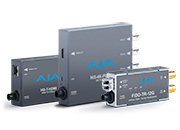 Mini-Converters
Mini-Converters
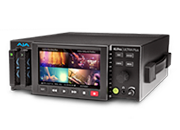 Digital Recorders
Digital Recorders
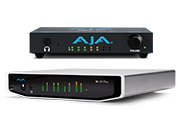 Mobile I/O
Mobile I/O
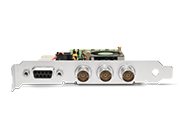 Desktop I/O
Desktop I/O
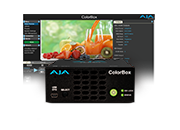 Color
Color
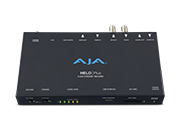 Streaming
Streaming
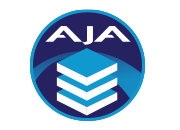 AJA Diskover ME
AJA Diskover ME
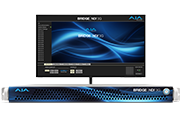 IP Video
IP Video
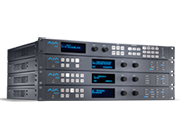 Frame Sync
Frame Sync
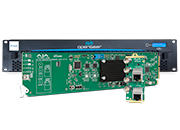 openGear
openGear
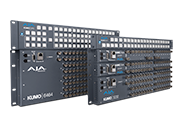 Routers
Routers
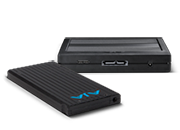 Recording Media
Recording Media
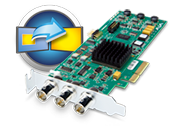 Developer
Developer
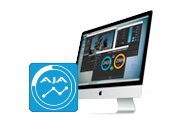 Software
Software
